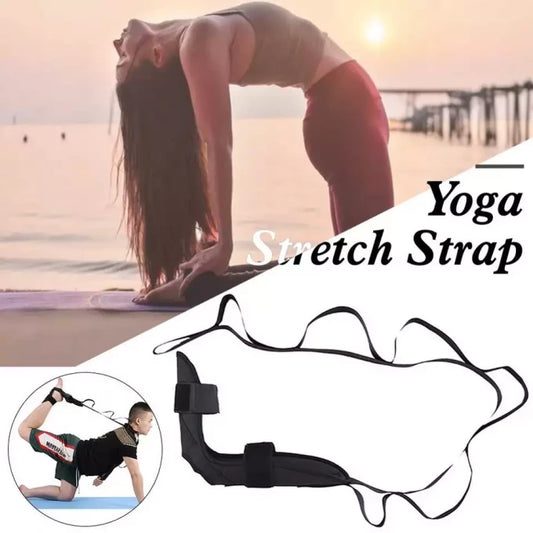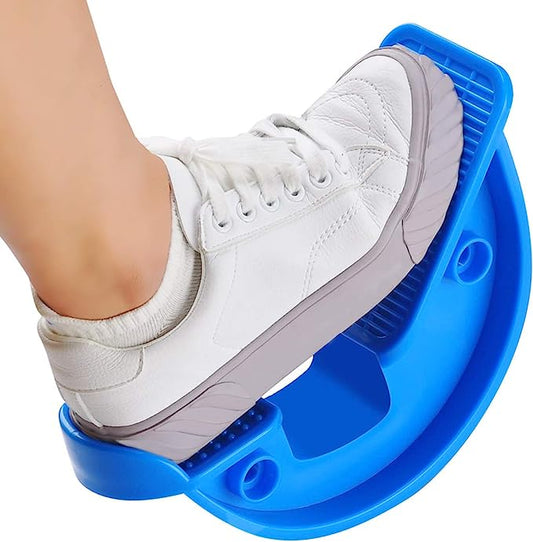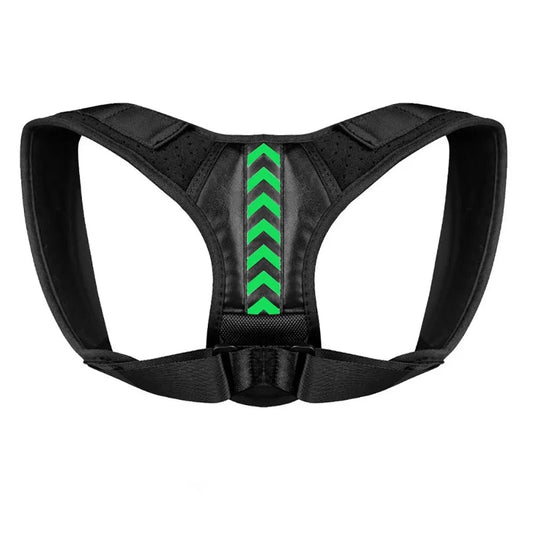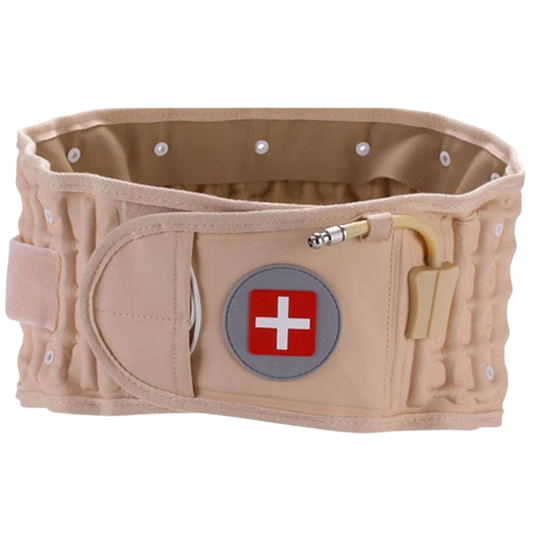Once the initial herniated disc pain had subsided with time, I was left with chronic back pain that would come about especailly on certain movements.
For example, bending forward when I had to pick something up, pro-longed sitting when coding at work or just simply bending forward to brush my teeth in the morning.
See below for this painful posture during my recovery:

One of the things I learnt from trial and error was to avoid bending forward using my spine. I found that each time i bent forward I would feel pain, so i stopped doing it.
Next I started bending using my knees instead but this got tiresome as you can imagine.
Instead, I slowly trained myself to bend from the hips as I noticed this would avoid any onset of pain in my lower back. see below:

At the time I wasn’t aware that this type of bending was given a technical name. I simply developed this style of bending through trial and error due to pain that would come about from bending using my back.
However with research later on especially as I progressed with my strength training, I learnt that this type of bending is actually a thing!
It’s called the hip hinge! I had been doing it all along to protect my spine without knowing!
What is the Hip Hinge
Instead of bending forwards using your spine, we first push our hips out while maintaining a straight neutral spine. While doing this, your body's natural response will be to bend your knees slightly so you remain balanced.
By using the hip hinge to bend we avoid flexion in the spine. This is key to reducing any chronic lower back pains during recovery as it prevents any aggravation to the spine.
This style of bending won’t come easy to many people as you will need to retrain your brain so that your movements is different from bending forwards.
I therefore suggest you include this as part of your exercise routine to simply practice the hip hinge as it will also train your weak core muscles to become stronger due to the added tension it creates.
Check out the video below for more details on how to do the hip hinge.




